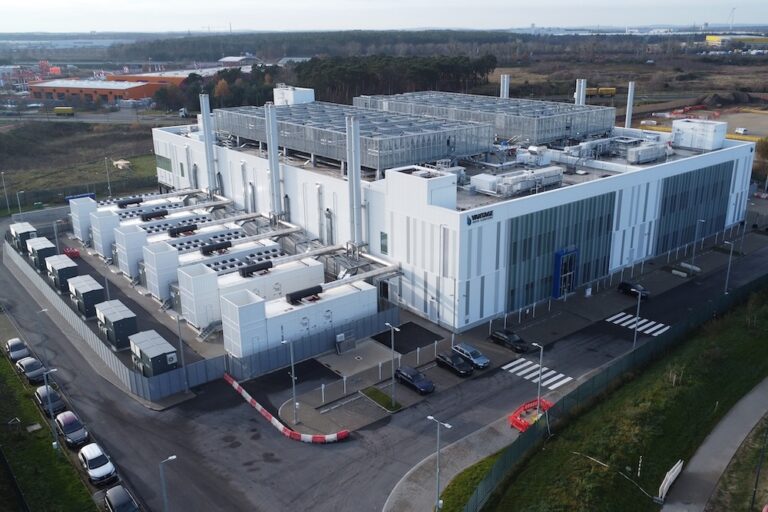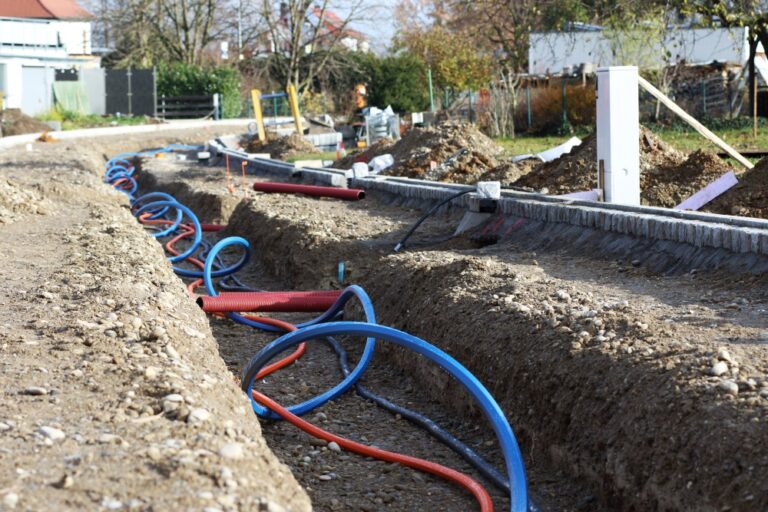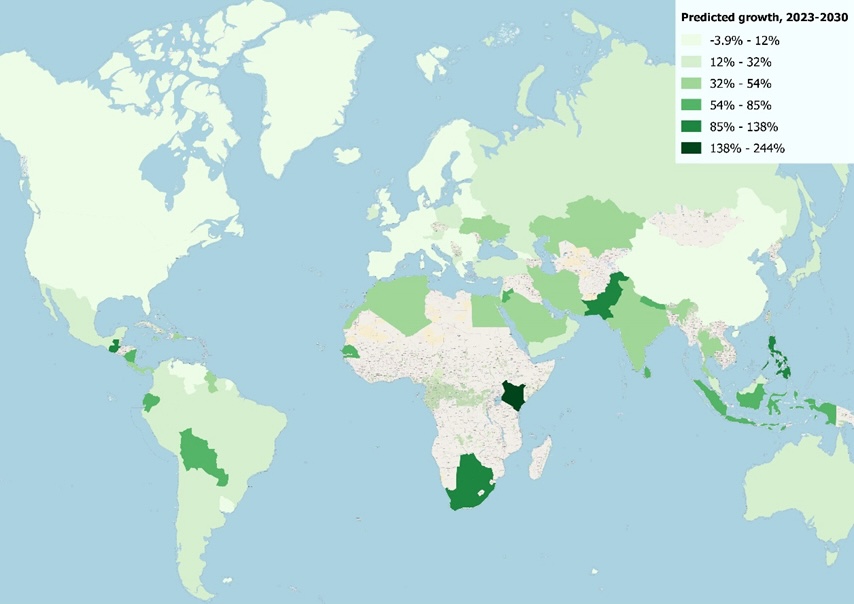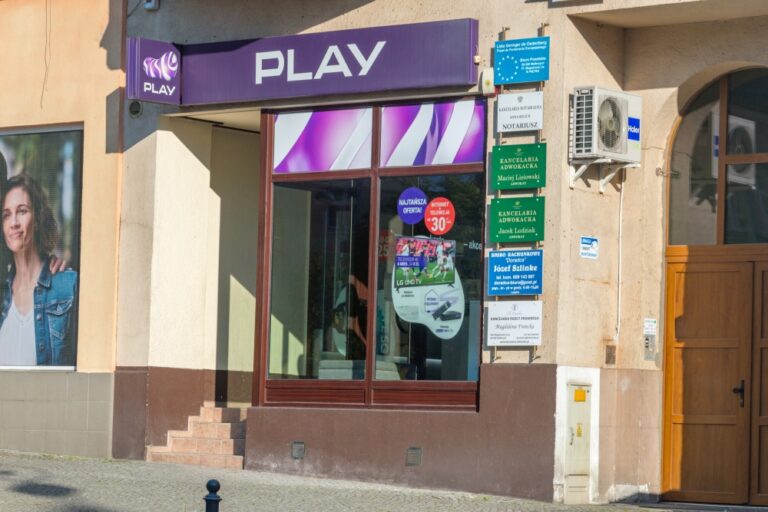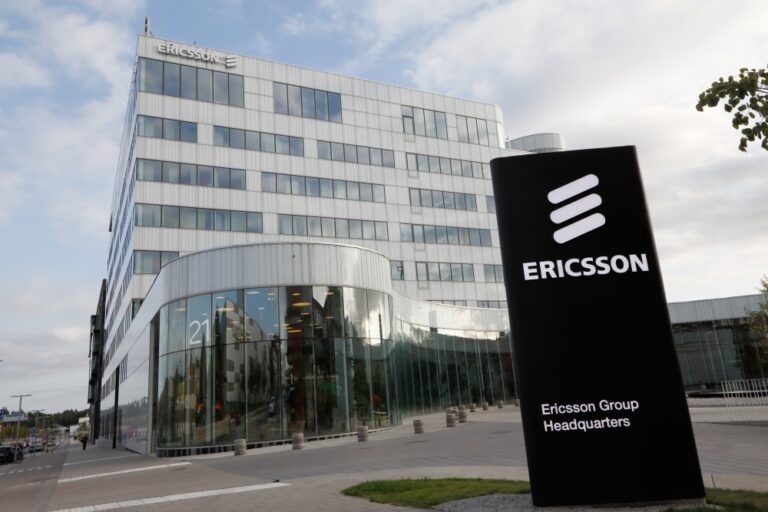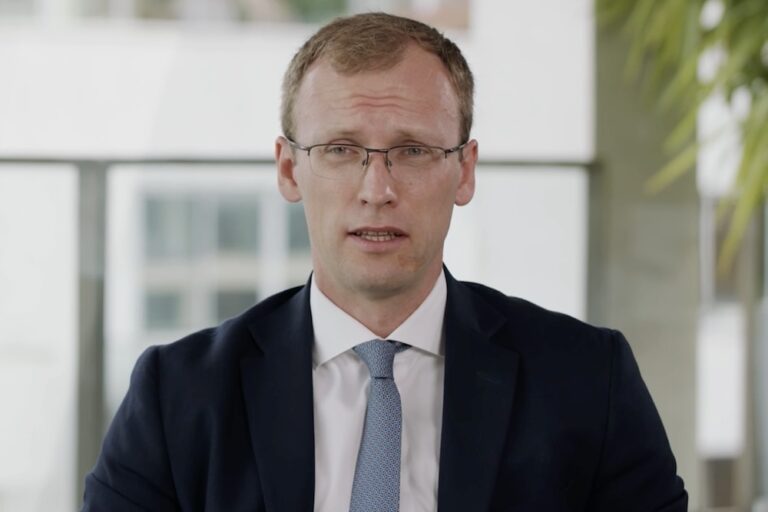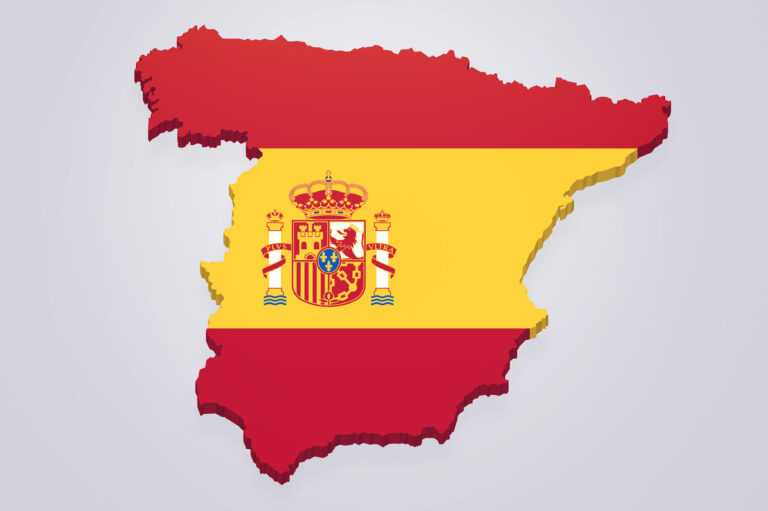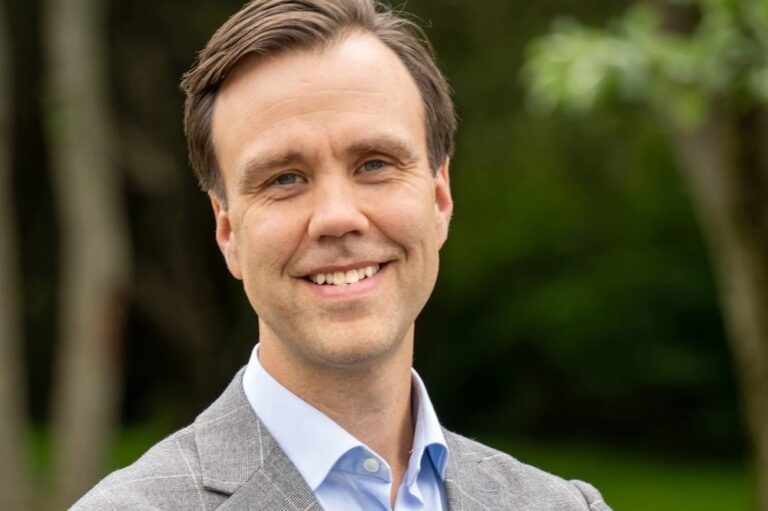Partner content: It is imperative that service providers can rapidly instantiate and orchestrate the dynamic provision of network slices
For service providers both will unlock potentially new B2B customers and new revenue streams. However, the ability to rapidly instantiate and orchestrate the dynamic provision of network slices is imperative. How can CSPs achieve this?
The ability to offer dynamically orchestrated network services and slices will be imperative to the success of communications service providers (CSPs) in the 5G Standalone (CSP) era. Importantly, network slicing will allow service providers to attract new, more lucrative B2B customers through the provision of innovative, differentiated services delivered over slices with customised configurations.
The provision of network slicing not only offers competitive advantage to CSPs in an increasingly complex and crowded market, but it also proves to their own potential enterprise customers that they can offer them agility and flexibility, and a partner for the future evolution of 5G services.
5G SA – opportunity and complexity
But, while 5G SA and network slicing offer both consumer and enterprise opportunities for service providers, they also bring technological and operational challenges. 5G uses concepts such as Software Defined Networking (SDN), Virtual Network Functions (VNF), and Mobile Edge Compute (MEC), alongside modern infrastructure components with machine interfaces.
At the same time, 5G embraces a diversified, standardised, and open multi-vendor ecosystem – each component must work with multiple components from other vendors, and service and content providers. It is significantly more complex than any other previous network generation.
In addition, network slicing (which is already available at scale in 5G SA networks) traverses multiple segments, including radio, access, core, and edge, which may in turn include both virtual and physical network functions, as well as SDN.
To make the challenge for CSPs even greater, enterprise customers will demand dynamically orchestrated slices of the network that provides guaranteed capacity, QoE, security, and agility that allows them to respond to the changing demands of their own operations, or their own customers.
Automation and agility are therefore imperative.
Automation is essential for handling – accurately and at speed and scale – both the complex, multi-vendor, distributed nature of a 5G network and the complex network configurations required for each customer service and slice (which will extend to private networks, whether associated with a public network or as an independent offer).
Agility, meanwhile, reduces time to market and enables competitive differentiation and advantage. However, realising these benefits and opportunities requires dynamic service control and orchestration to meet rapidly changing demands and requirements. In addition, the network and service architecture remains fluid as the network and network services evolve. Agility flows from automation.
Needs of vertical use cases
The importance of providing tailored parameters for each slice – which may be dedicated to a specific application, enterprise, or a shared vertical use case – is highlighted when considering the needs of different vertical use cases.
On a simplistic level, an enterprise that operates a smart port, for example, might require multiple slices, each optimised for different applications. For example, one slice might require tighter security for transferring data about shipping goods, while another slice might require very low latency and reliability for centimetre-level control of automated machinery. Connected devices might also need to move between different slices, as required by the different applications that they support.
Alternatively, slices might be multi-tenant, whereby a service provider offers a slice dedicated to a specific use case for multiple organisations in the same vertical. Take railways, for example. It’s easy to imagine multiple train operators using a single slice focused on providing functions that ensure safety, punctuality, capacity, efficiency, and communications.
Or ‘blue-light’ organisations that need secure communications, and access to traffic reports and facial recognition, for example, during large-scale incidents. Similarly, 5G broadcasting is becoming popular for remote events, such as downhill skiing.
All of these scenarios require the dynamic orchestration of network slices in real-time. Only automation can provide this capability. But, why are automated slices essential for B2B success?
One answer is: ‘Time’. Enterprise customers require dedicated capacity, or assured security, or low latency, as required, according to their requirements – but they want it fast. They do not want to wait months for services to be brought to life – and operators don’t want to wait months to capture the revenues.
For example, a one-off large-scale event might want scalable bandwidth, while another might require scalable bandwidth with assured security, and the ability to offer specialised or differentiated services to their users. All of these demands must be met quickly, so that operators can achieve both rapid time to market and reduce time to revenue.
Building blocks of automated slicing
But automation per se is not the only requirement. Automation that can auto-select pre-configured or pre-built functional components allows CSPs to rapidly and automatically bring service chains or functions together as and when needed.
At We Are CORTEX we term these components process fragments, which are built from discrete, atomic components we call function blocks”. Whenever a service, or slice, is requested, it requires the possibly complex orchestration of a chain of these process fragments and associated function blocks across its lifecycle. Each process consists of a series of tasks that need to be connected to create an automated flow.
Rather than building such an orchestration process from scratch, which would defeat the object of rapid service instantiation, these process fragments can be used together as and when needed to combine known functionalities in a rapid, risk-free configuration.
Separate process fragments might, for example, enable each of the following:
- Configuring a RAN solution from a given vendor.
- Configuring an NF required for UE authentication.
- Scaling a UPF when more data processing capacity is required
- Processing alarms from the RAN modules.
- Billing to meet the agreed cycle and consumption parameters, capacity requirements, number of devices, checking with revenue collection.
These process fragments can then be composed them into a complete chain that provides end-to-end automation for any service. The process fragments used for one service (or slice) can also be used with others to build automations for other services, as each can be broken down into micro steps.
Agility requires the ability to stitch these process fragments together to create automated end-to-end provisioning, orchestration, assurance, billing, and other business operations. CSPs and their automation providers can over time develop their own process fragment library, using the base function blocks, to enable their own automation processes to more services and procedures.
Guiding your automation journey
The We Are CORTEX platform comes with over 200 pre-built function blocks and a graphical process definition environment, enabling process authors to drag and drop them onto a workspace, and connect them up as necessary to meet the automation requirements. It means that CSPs can rapidly build and deploy their own processes for managing 5G B2B networks in a governed, version-managed environment. It’s that easy.
Automated network slicing and B2B service automation, and the agility that offers, is a rapidly evolving landscape. Fortunately, We Are CORTEX can guide you through the automation journey.
Our platform provides the reusable tools and capabilities to automate anything – from orchestration to process management. Furthermore, we offer you the platform and the ability to create your own automated functions.
As a partner we provide knowledge sharing and transfer across your teams, giving you the freedom to create automated services and slices as required.
DOWNLOAD THE FULL WHITEPAPER TO DISCOVER MORE
We Are CORTEX are global leaders in advanced automation and orchestration. Established in 1999, and focused exclusively on the telecommunications sector, the experience, and unrivalled, purpose built capabilities make CORTEX the choice for some of the worlds largest operators. CORTEX help CSPs automate at scale, achieving strategic automation objectives, providing a commercial edge in a highly competitive world.


